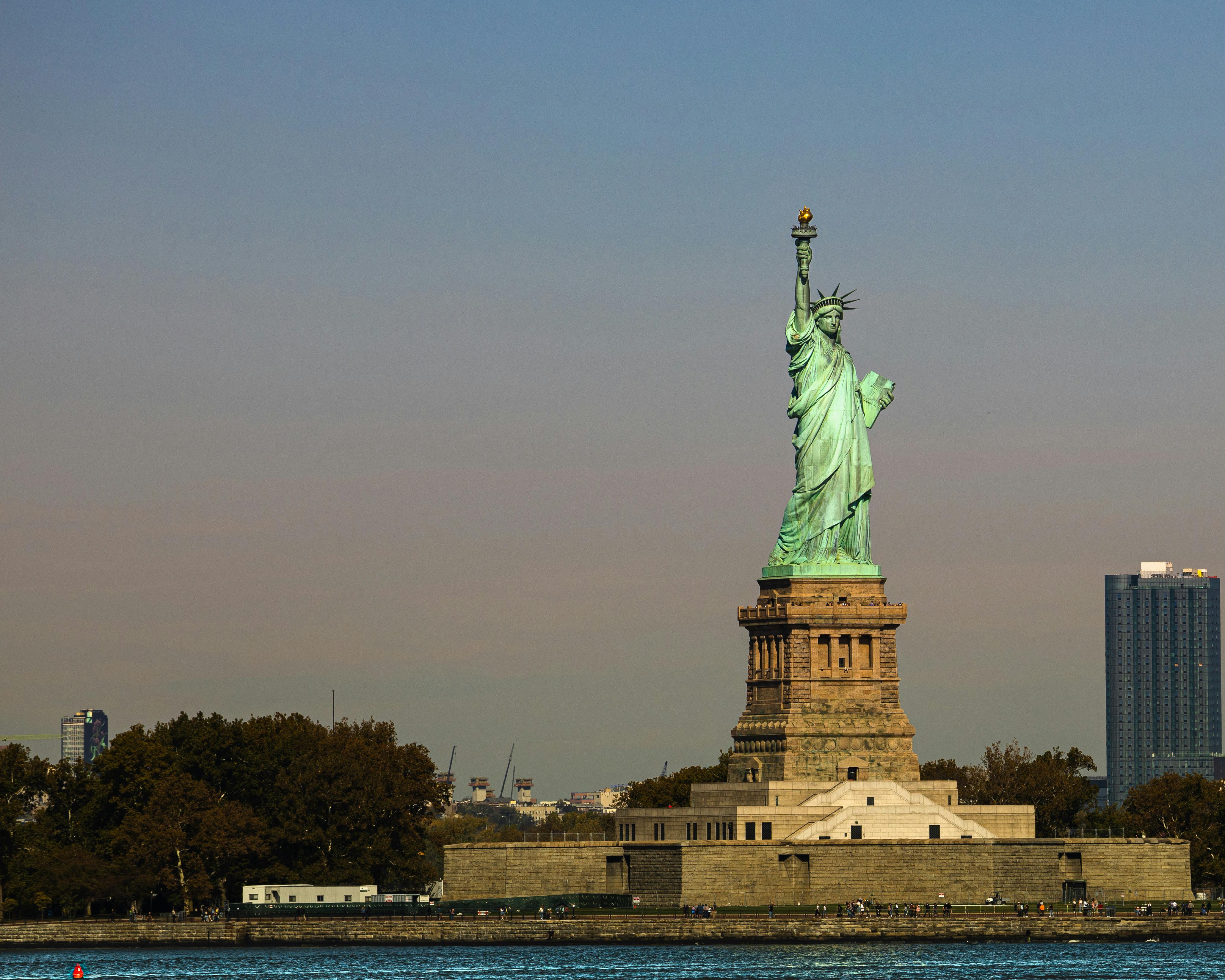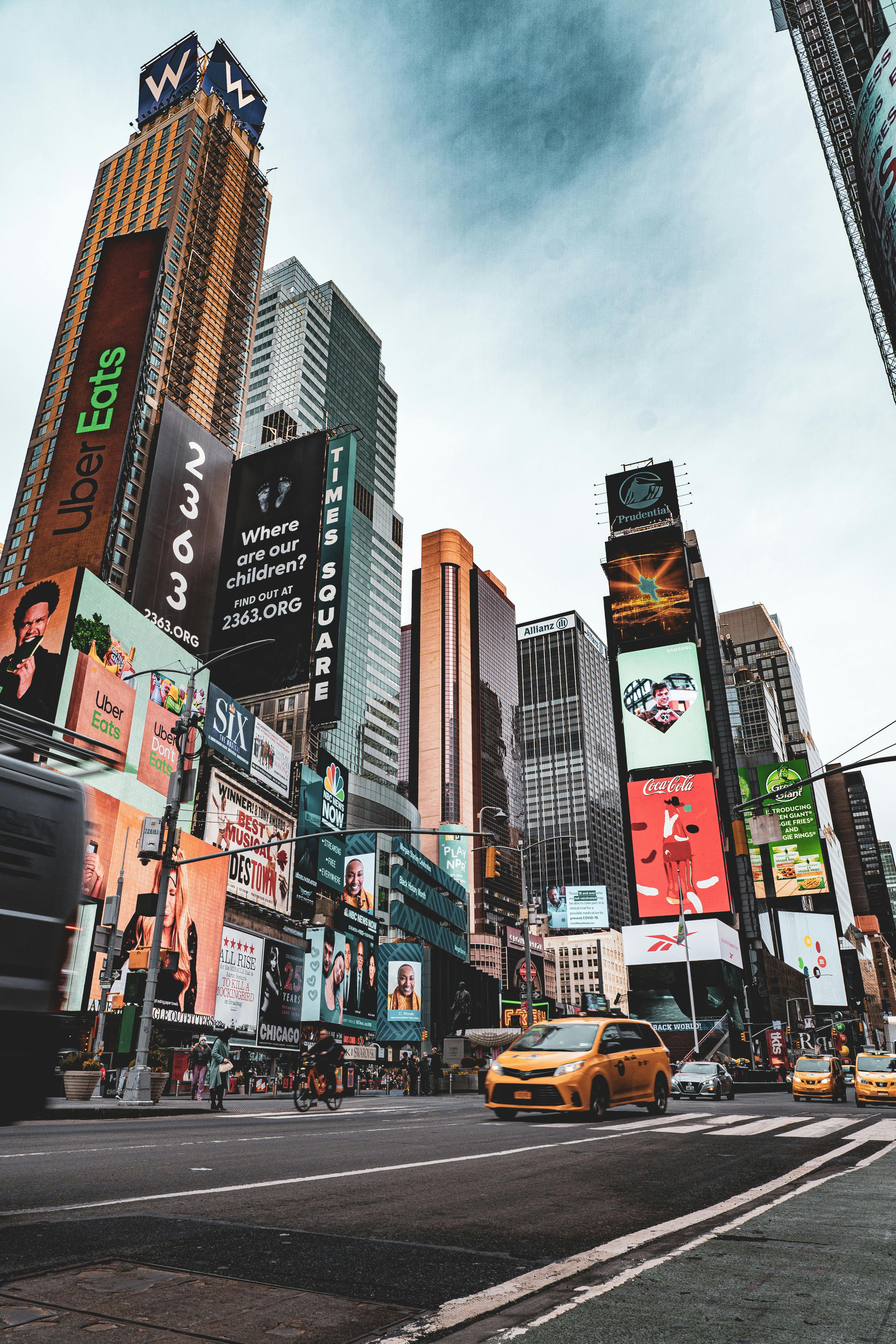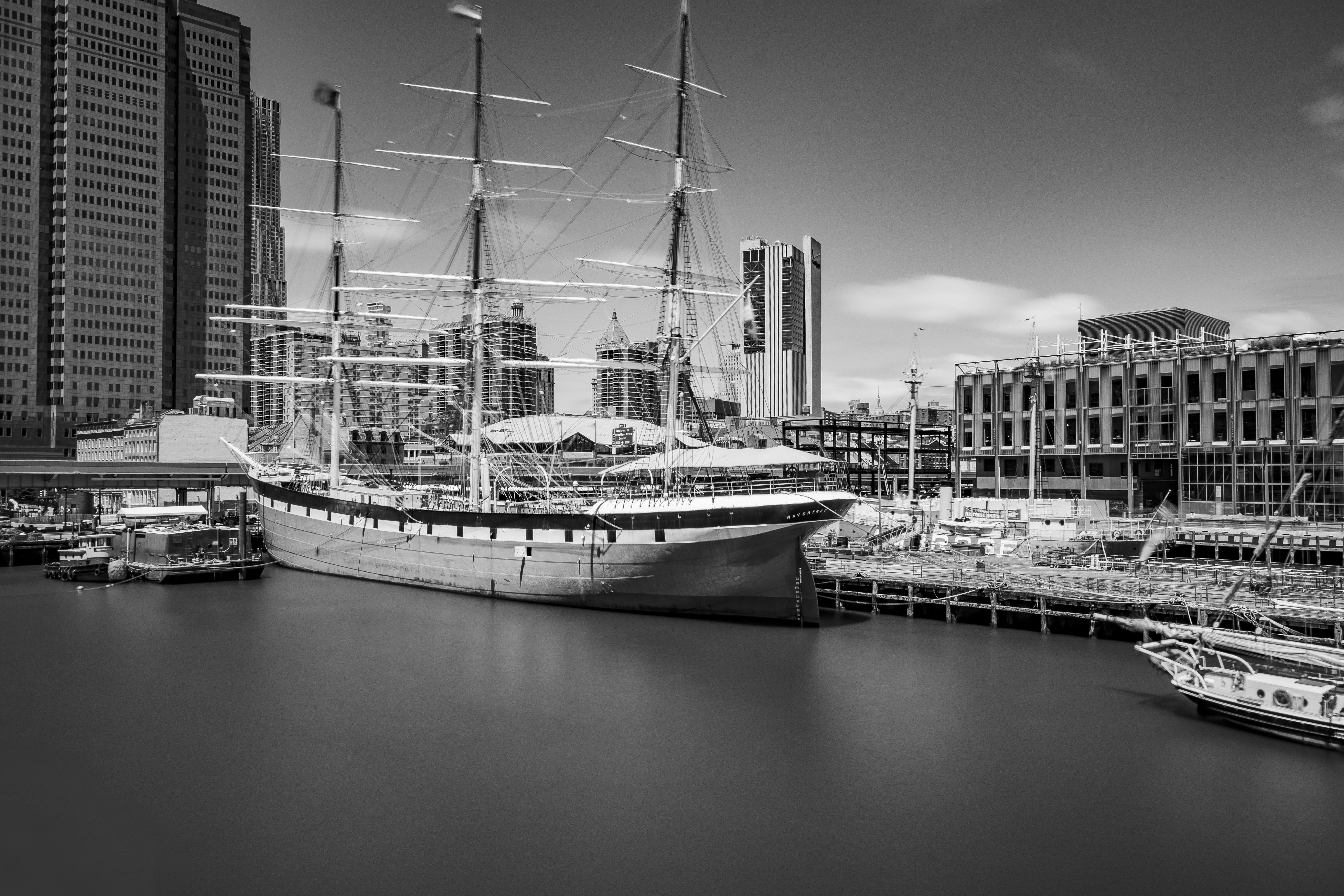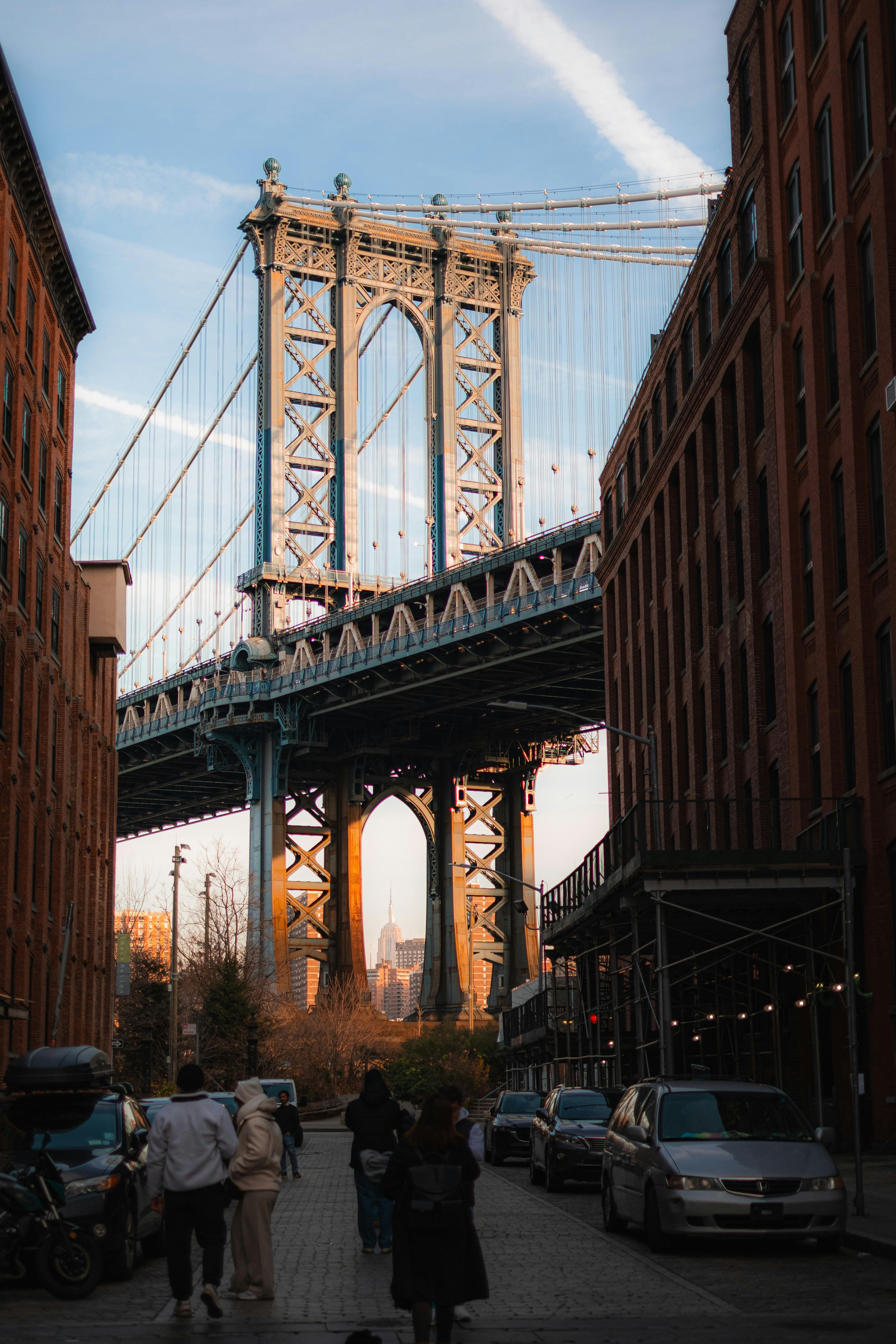
Before it became a global icon — a city of lights, noise, ambition, and endless motion — New York was simply an island wrapped in green. No skyscrapers. No yellow taxis. No midnight crowds in Times Square. Just forests, rivers, rocky hills, and quiet trails shaped by the footsteps of the Lenape people.
But today, you can stand in your living room, open a virtual tour, and watch Manhattan rise beneath your fingertips. Towers of glass. Ferries cutting across the harbor. A skyline recognized by nearly every soul on Earth.
How did this place, once called Manahatta, “the island of many hills,” become the heartbeat of the modern world? Let’s step into that story together.
New York Today- A City That Never Stops Becoming

Walk through New York today, even virtually, and you can feel its history under your feet:
- The subway rumble echoing beneath centuries-old bedrock
- The grid of streets laid over the hills of Manahatta
- The skyline shaped by ambition, immigration, and imagination
Times Square glows like a digital sunrise. Central Park feels like a forest carved back into the city. Brooklyn hums with creativity. Harlem vibrates with culture. It’s messy, loud, brilliant, and alive just as it has always been. Even if you’re not there physically, you can explore it through virtual travel:
- Walk down Broadway
- Fly over Central Park
- Stand beneath the Statue of Liberty
- Wander through the Met or the High Line
The city opens itself to you, wherever you are.
Where the Story Begins, Before the Concrete and the Noise

Close your eyes for a moment and imagine Manhattan as it was four hundred years ago. You’re not hearing horns or sirens, you’re hearing birdsong. Leaves rustling. Water flowing. Deer grazing in the distance. The first New Yorkers were the Lenape, a community deeply connected to nature. They hunted, farmed, and fished across Manahatta, relying on its thick forests, fresh streams, and abundant oysters.
And here’s what made the island so special: It sat at a crossroads — a naturally protected harbor where the Atlantic Ocean met the Hudson River, creating a perfect portal for trade, exploration, and connection. Even then, the land seemed to whisper, “Great things will happen here.”
The Dutch Arrive — And A New Chapter Begins

In 1624, Dutch ships arrived on the shores of this lush island. The Dutch West India Company wasn’t looking for a city; they were looking for a strategic trading post. A place where they could exchange furs, timber, and goods with the world. Two years later, they established a settlement on the southern tip of the island and named it New Amsterdam.
Suddenly, Manahatta began to change. Wooden houses appeared. Dirt paths became small streets. A fort was built. Ships came and went, carrying furs and spices. Dutch, Scandinavian, English, African, and Jewish settlers moved in. Languages mixed. Cultures merged. Life pulsed through the growing town.
Even in its earliest days, New York was a mosaic, diverse, restless, and full of ambition. And of course, there’s the famous legend: that the Dutch “purchased” Manhattan from the Lenape for goods worth about 60 guilders (often simplified to $24). The truth is far more complex, but the moment symbolizes how dramatically the island’s story shifted the day the Dutch arrived.
From New Amsterdam to New York — A City Renamed
In 1664, English ships appeared in the harbor. Without firing a shot, they took control of the colony and renamed it New York, after the Duke of York. Under British rule, the settlement expanded northward. Streets multiplied. Wharves stretched along the waterfront. Coffeehouses bustled with debate, gossip, and political talk. By the 1700s, New York had become a major port, a gateway of trade between the Old World and the New. But that world was about to be shaken.
Revolution and Rebirth

When the American Revolution erupted, New York became a central stage for conflict. It was captured by the British early in the war and served as a military base until the fighting ended. Then, in 1783, something unforgettable happened:
George Washington re-entered New York in triumph, greeting crowds that lined the streets.
Just a few years later, New York briefly became the first capital of the United States. Washington took his oath of office on Wall Street, the birthplace of a new nation.
The Great Wave — Millions of Dreams Arrive
As the 19th century unfolded, New York transformed again, this time because of immigrants. Between 1892 and 1954, over 12 million people came through Ellis Island, chasing opportunity, freedom, or simply a new beginning. When they saw the Statue of Liberty rising above the water, many cried, prayed, or silently dared to hope.
The city became a tapestry of cultures:
- Little Italy filled with the smell of fresh pasta.
- Chinatown alive with lanterns and spice.
- Harlem humming with jazz.
- The Lower East Side bursting with Yiddish theaters and street vendors.
Every block felt like its own world. Every voice added something new to the city’s endless song. Skyscrapers rose too, steel bones stretching toward the sky. The Empire State Building, Chrysler Building, and dozens more became symbols of a city that refused to think small.
The City That Endures Everything

New York has known hardship, waves of poverty, devastating fires, the Great Depression, and the tragedy of September 11, which left a scar that still aches in the city’s heart. But every time, New Yorkers rebuilt. Reimagined. Refused to give in. That resilience became the city’s identity, a steady heartbeat beneath the chaos.
What New York’s Origin Tells Us About Its Spirit Today

New York didn’t rise because of luck. It grew because it welcomed the world, and the world built it.
From Lenape caretakers to Dutch traders…
From English governors to immigrants searching for hope…
From revolutionaries to artists, dreamers, and innovators…
Every generation added a layer.
Every story shaped the skyline.
New York’s most incredible truth is this: It’s not just a place. It’s a possibility.
A reminder that no matter where you come from, you can reinvent yourself. A city that never stops becoming and inspires you to keep becoming, too.

